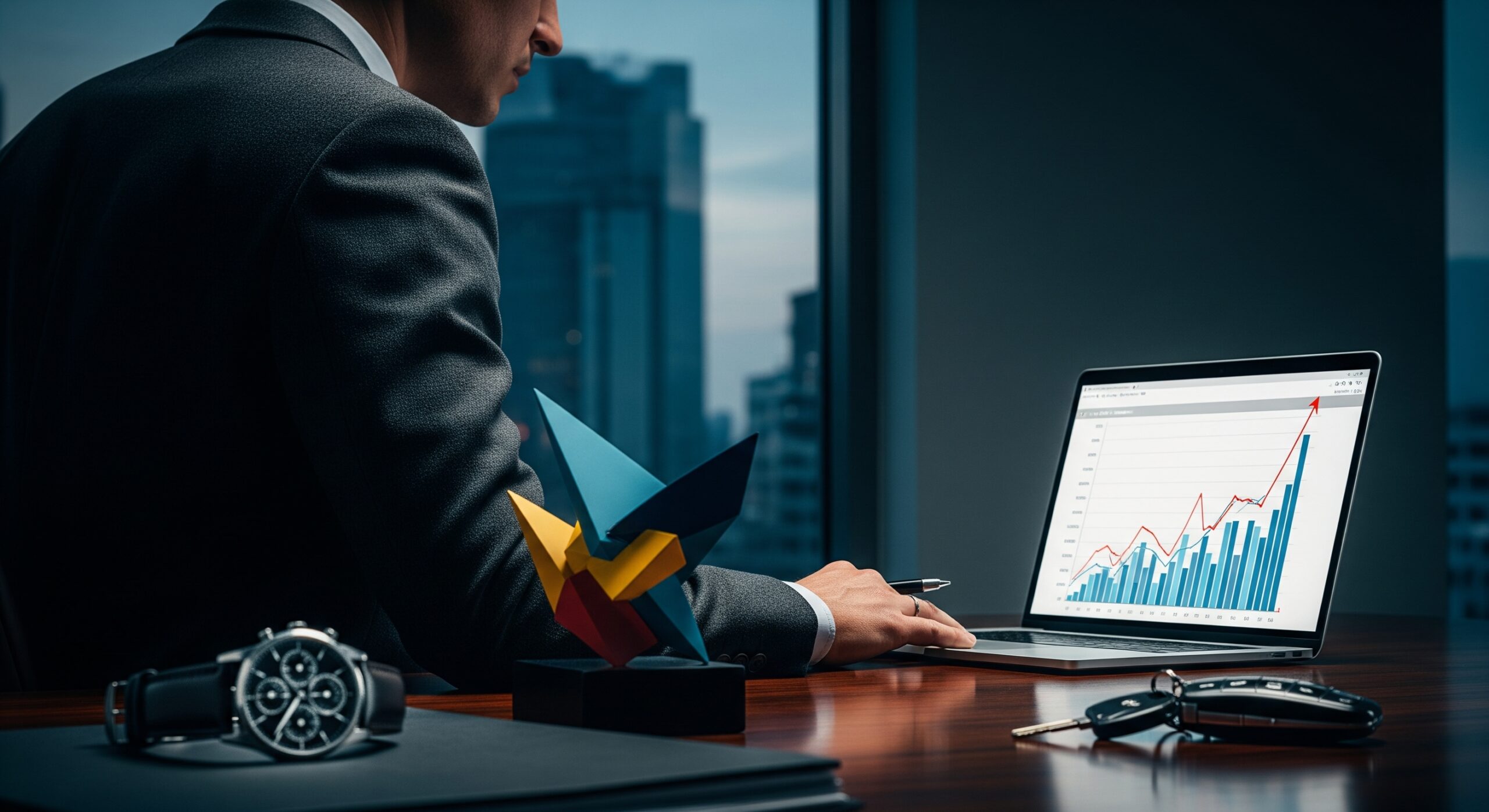It’s important to regularly review your personal assets for a number of reasons. But, before we get into these reasons, let’s define what personal assets are and why they should matter to you!
First, it can help you keep track of your net worth and make sure that it’s increasing over time.
Net worth is the value of a person’s assets minus their liabilities. It’s an important number to know because it gives you an idea of your financial health and can be used as a goal-setting tool. Your assets are everything you own that has monetary value—including your savings, investments, and property. Your liabilities are everything you owe, including credit card debt, student loans, and mortgages. To calculate your net worth, simply subtract your total liabilities from your total assets. For example, let’s say you have $50,000 in savings and investments and $30,000 in outstanding debt. Your net worth would be $20,000 ($50,000 – $30,000). If your net worth is positive (meaning your assets are greater than your liabilities), congratulations! You have financial security and can start working towards other financial goals like building wealth or saving for retirement. If your net worth is negative (meaning you owe more money than you have), don’t worry—you’re not alone. The average American household has a negative net worth of about $5,700. But don’t despair—by taking steps to reduce your debt and increase your savings, you can turn things around.
Second, reviewing your assets can help you identify any areas where you may be overexposed to risk.
When it comes to investing, there is such thing as too much of a good thing. Just like anything else in life, moderation is key and this definitely applies to risk as well. Overexposure to risk can lead to some pretty disastrous consequences and investors need to be aware of how to avoid it. So, what does it mean to be overexposed to risk? It simply means that you are taking on more risk than you can handle or that your investment portfolio is not diversified enough. This can happen if you invest too heavily in one particular stock or sector, or if you don’t have enough different types of investments. For example, let’s say you only invest in tech stocks because you think they’re going to continue doing well. But then something happens (like the dotcom bubble bursting) and all of a sudden those stocks lose a lot of value. You’ve now lost money because you were overexposed to the tech sector. The key to avoiding overexposure is diversification. By spreading your investments out across different sectors, industries and even countries, you minimize the risks associated with any one particular area. That way, even if one part of your portfolio takes a hit, the rest can help balance things out. Another way to reduce risk is by investing in both growth and value stocks, as well as bonds and other fixed-income securities. This mix will protect you if there’s a downturn in the market since not all asset classes move in lockstep with each other. Of course, no matter how diversified your portfolio is or how carefully you select your investments, there’s always going to be some element of risk involved. But by being aware of the dangers of overexposure and taking steps to avoid it, you can help keep your hard-earned money safe from harm.
Finally, reviewing your assets can give you peace of mind knowing that everything is in order and that you’re on track to reach your financial goals.
You can even categorize your assets by savings, debt, and spending habits. These can help you to stay organized and simplify your financial status.
If you aren’t in the habit of reviewing your assets regularly, it could be a great addition to your organization routine. Reviewing your personal assets routinely will help you to feel in touch with your finances, feel more comfortable with your budget, and be confident about your savings.




